 Have you ever tested colors just to see which primaries can mix the widest range of colors? If so, then you have played the Gamut Game.
Have you ever tested colors just to see which primaries can mix the widest range of colors? If so, then you have played the Gamut Game.
Over the years I have played this game in countless media. I played it in acrylic paint – the winners were Phthalo Blue (GS), Quinacridone Magenta, and Hansa Yellow. I played it in watercolor – Hansa Yellow, Windsor Blue, Quinacridone Rose. I played it with Procion Dyes – Lemon Yellow, Cerulean Blue, Fuchsia. I played it in Prismacolor pencils – Lemon Yellow, True Blue, Process Red. As you can see from my dining room table above, I even tried it in wool roving!
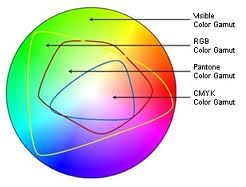 Gamuts are defined by their boundaries. The boundaries are determined by the purest colors that appear in any given system for reproducing colors. Colors that fall within the boundary are said to be within the gamut. Colors that are outside the boundary are out of the gamut.
Gamuts are defined by their boundaries. The boundaries are determined by the purest colors that appear in any given system for reproducing colors. Colors that fall within the boundary are said to be within the gamut. Colors that are outside the boundary are out of the gamut.
All gamuts are smaller than what we can see with the naked eye. Color film can capture the largest gamut. Computer monitors show a more limited range of colors. Printers reproduce an even more limited gamut but can actually show some colors that do not appear on a computer screen (i.e. inside the gamut of the printer but outside the gamut of the monitor.)
One of the reasons that there is such a hue and cry (forgive the pun) over the loss of Premo Zinc Yellow and Cobalt Blue is that, when mixed with Premo Fuchsia, they gave the largest gamut possible for a three primary system in polymer clay.
This is the chart Lindly and I used in our book based on mixing with Zinc, Cobalt and Fuchsia.
As Carol Simmons notes in her blog, Zinc and Cobalt are still being manufactured by Polyform but in limited quantities. They are only available at the three places she lists. If you are not close to one of the suppliers and do not want to pay shipping you are out of luck. We are hoping to convince the hobby stores to bring back these colors. If you have ideas for making this happen be sure to contact Carol through her blog.
The current package colors in Premo closest to the Zinc Yellow are Wasabi and Cadmium Yellow, closest to Cobalt Blue are Turquoise and Ultramarine. The hatched areas in the charts below show the gamuts possible using these colors as primaries with Premo Fuchsia.
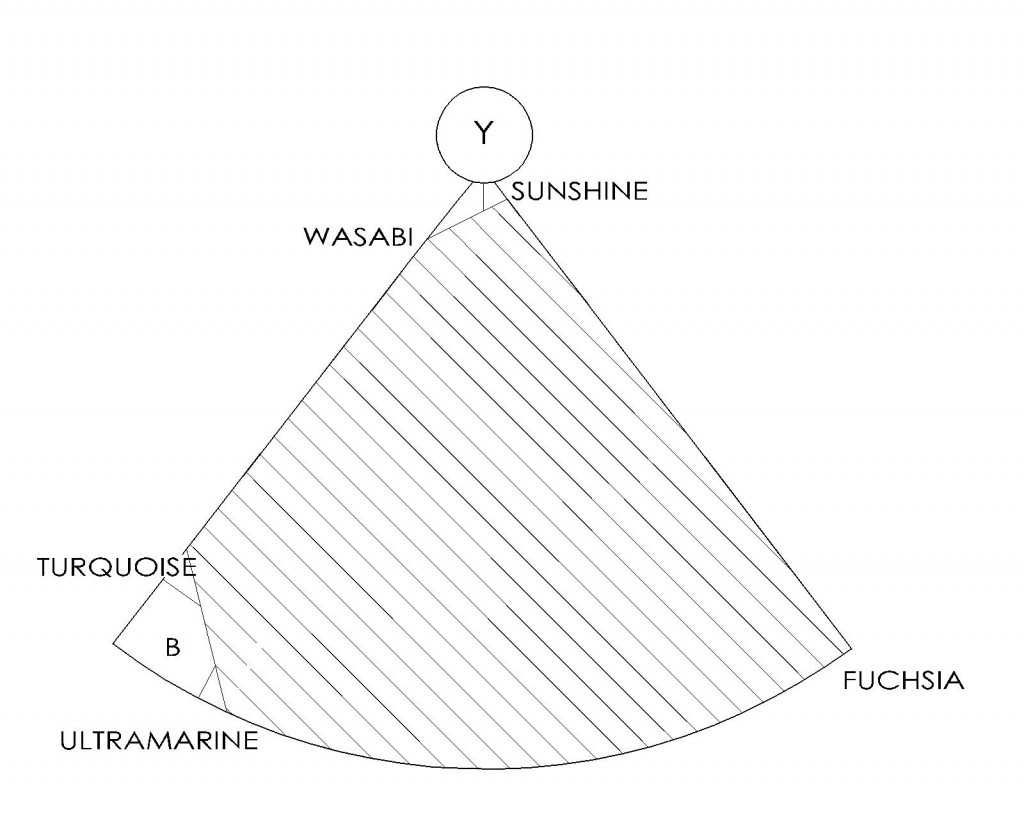 If you use a double primary system then the gamut expands. But even if you mix the double primaries together- for example Turquoise with Ultramarine – pure yellow and blue are left out of the gamut.
If you use a double primary system then the gamut expands. But even if you mix the double primaries together- for example Turquoise with Ultramarine – pure yellow and blue are left out of the gamut.
If there is one thing I’ve learned playing the gamut game its that there is no combination of primaries that can give you all the colors that you see in this beautiful world.
Its extremely frustrating to lose two colors that came the closest to pure primaries in any medium I have tried. Even though I did not use them in my own work, they were ideal for teaching about color. I will still use them in classes but hesitate to recommend them as primaries since they are so difficult to come by. I would love to see them become easily available again. In the meantime, this is as an opportunity to play the game again.
Smashing Color Intensive in Portland in September.
If you love to play with color, in polymer or any medium, I invite you to join me during the last week of September for a week long Color Intensive here in Portland, Oregon. So far there are polymer artists, a painter, a quilter, a print maker and a collage artist signed up for this collaborative workshop and retreat. Sign up for yourself and a friend and get a discount on the room at the Governor’s Mansion where we will be gathering for the studio sessions. Registrations are due August 15th. Detailed description. PDF Summary Description at Smashing Color Intensive September 2011
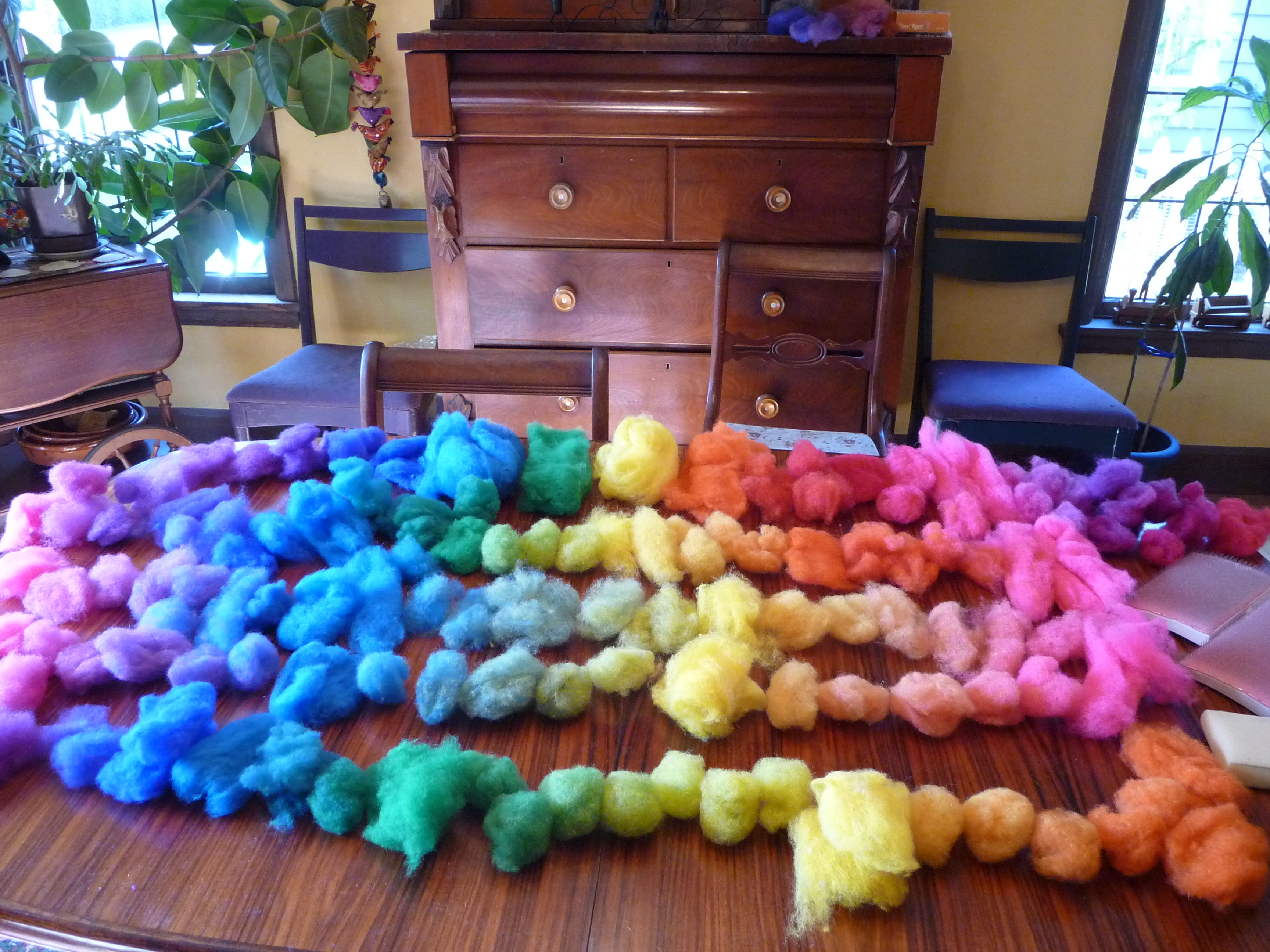
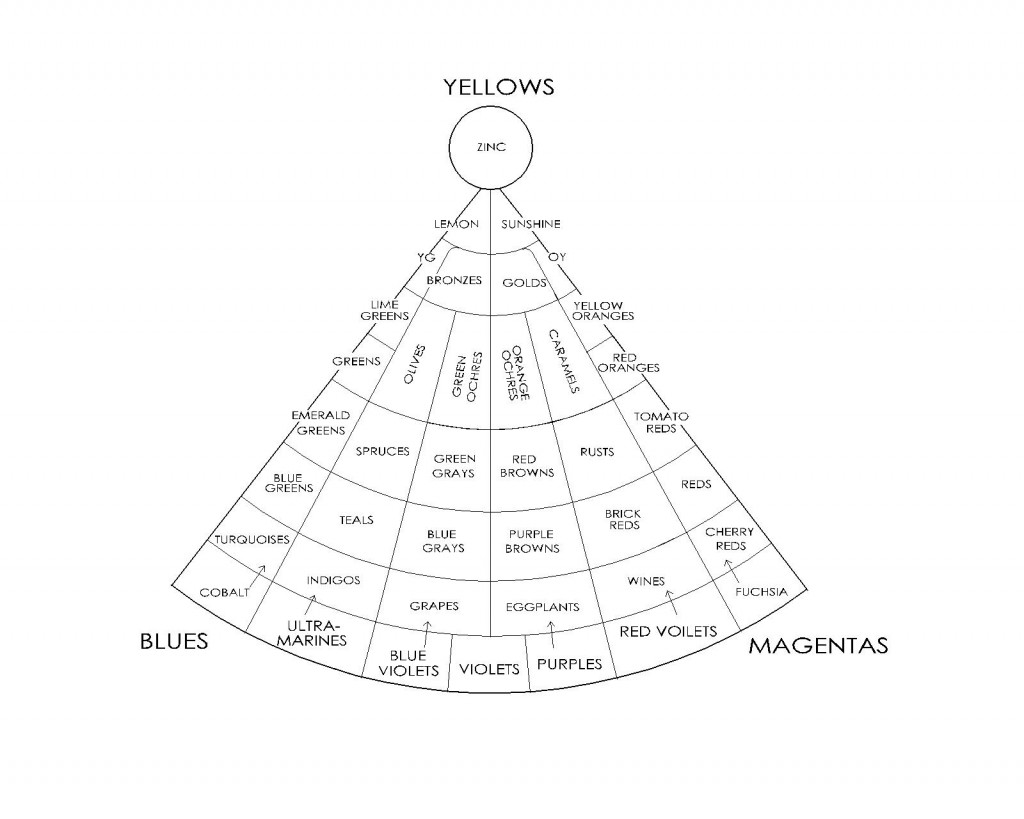
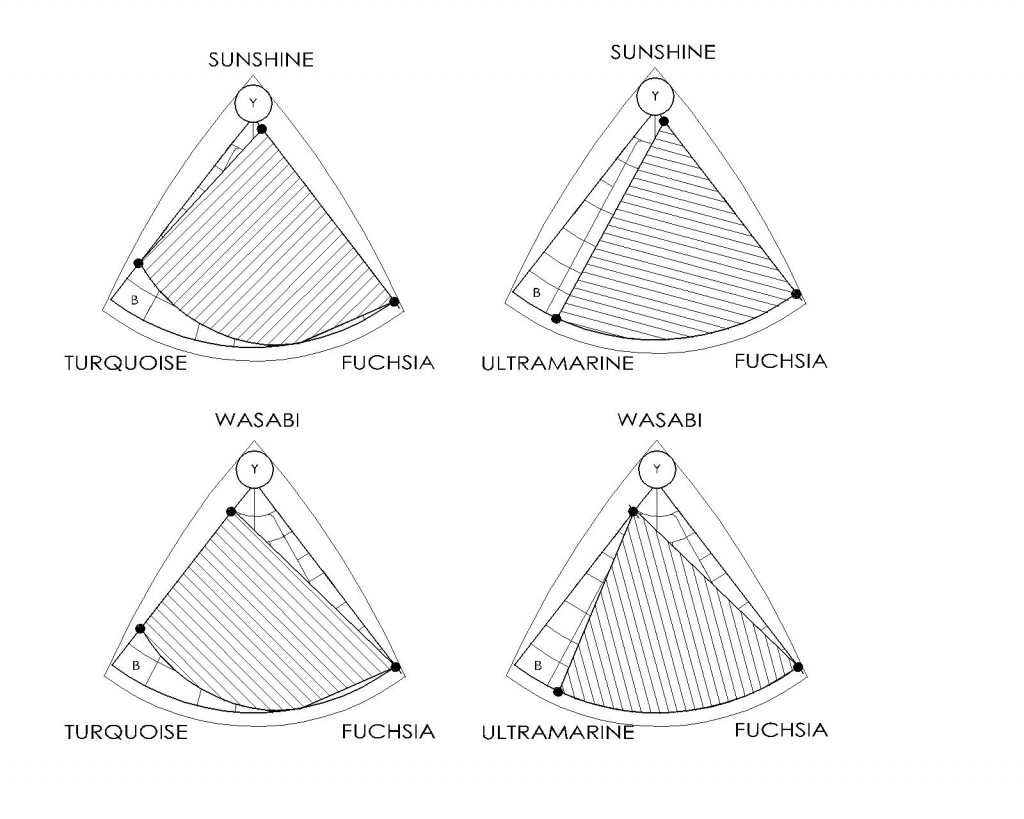

Leave a Reply